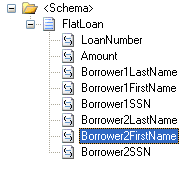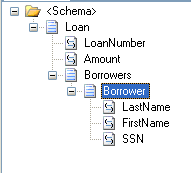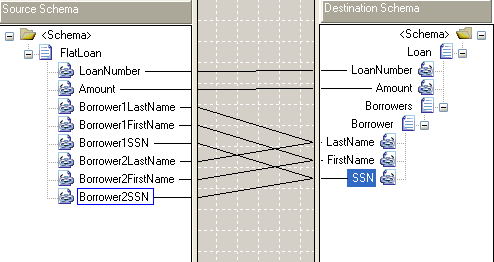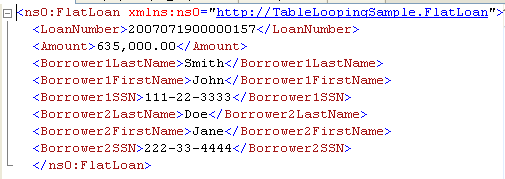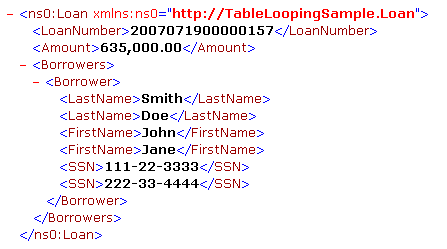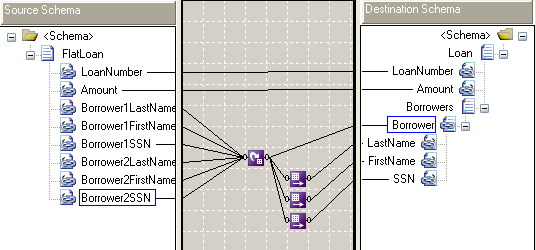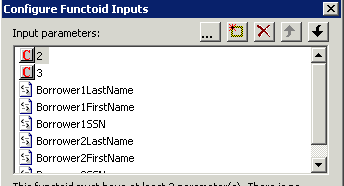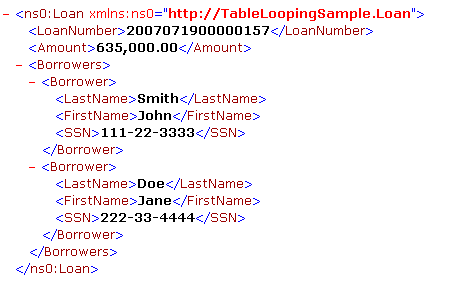problem statement:
need to integrate web api using Biztalk ,let's say we have a scenario where I need to form different URL based on requirement.
sample URL'S
http://BiztalkPoc.blogspot.in/GetOrderDetail/{OrderID}
http://BiztalkPoc.blogspot.in/UpdateProduct/UpdateDesc/{OrderID}
solution:



DownloadSample Code Here
need to integrate web api using Biztalk ,let's say we have a scenario where I need to form different URL based on requirement.
sample URL'S
http://BiztalkPoc.blogspot.in/GetOrderDetail/{OrderID}
http://BiztalkPoc.blogspot.in/UpdateProduct/UpdateDesc/{OrderID}
solution:
- Create Orchestration in which we will be calling the web api service
- promote desired operation (GetOrderDetail,UpdateProduct) from orchestration using custom property schema
- promote order id from orchestration so that we can bind the same in send port variable mapping property
- Create a custom pipeline component for reading the operation name and promoting it again
object obj = context.Read("Operation", "http://BiztalkPoc.Samaple.WebApiIntegration.PropertySchema1");
//operation is the property promoted from orchestration
string operationName = Convert.ToString(obj);
pInMsg.Context.Promote("Operation", "http://schemas.microsoft.com/BizTalk/2003/system-properties", operationName);
- Create WCF-WebHttp send port ,configure different urls using BtsHttpUrlMapping propert
<BtsHttpUrlMapping> <Operation Name="GetOrderDetail" Method ="GET" Url="/GetOrderDetail/{OrderID}"/>
<Operation Name="UpdateProduct" Method ="POST" Url="/UpdateProduct/UpdateDesc/{OrderID}"/>
<!--we can have as many operation based on our requiremenr-->
</BtsHttpUrlMapping>



DownloadSample Code Here























